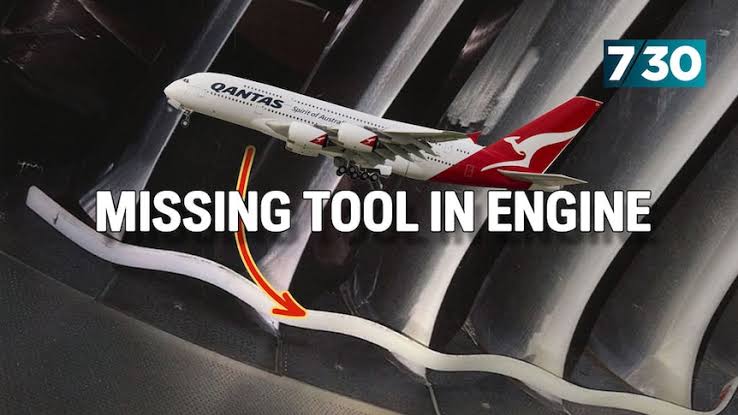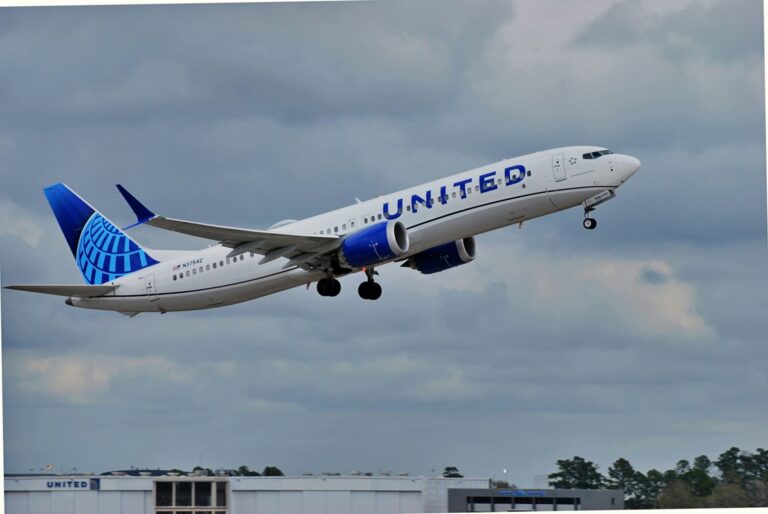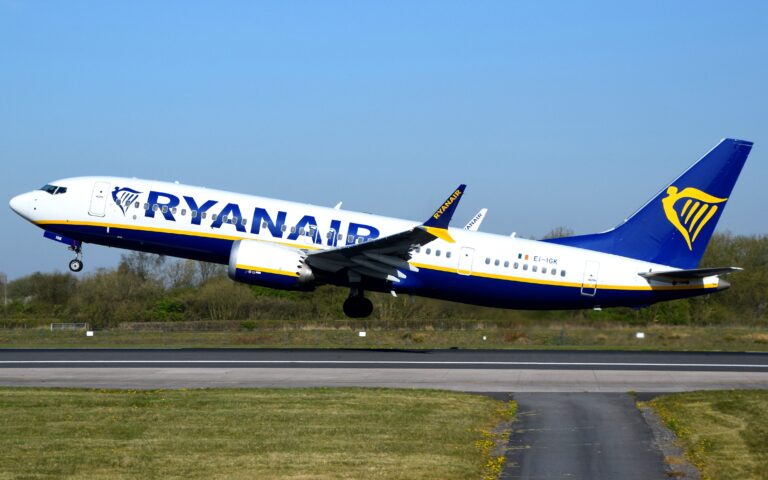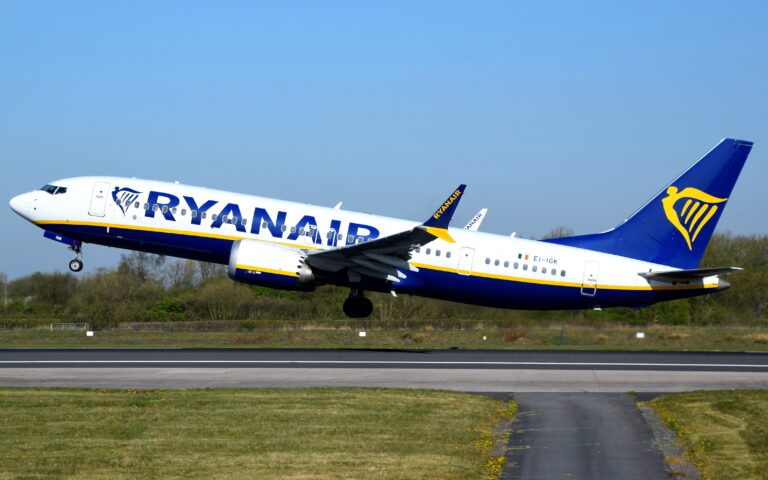Qantas Airways to Compensate Engineer After Tragic Jet Engine Accident
Qantas Airways to Compensate Engineer After Tragic Jet Engine Accident
In a shocking incident that has raised serious concerns about aviation maintenance safety, Qantas Airways has agreed to financially compensate an engineer who lost his hand while repairing a jet engine. The accident, which occurred at Sydney Airport earlier this year, left the experienced technician permanently disabled and has sparked conversations about workplace safety protocols in the aviation industry.
The Incident
According to official reports, the accident took place during routine maintenance work on one of Qantas’ aircraft engines. The engineer, whose name has not been publicly disclosed due to privacy concerns, was working on a Boeing 787 Dreamliner when the tragedy struck. Preliminary investigations indicate that a mechanical malfunction caused a sudden movement in the engine’s fan blades, trapping and severely injuring the engineer’s hand.
Despite immediate medical intervention, doctors were unable to save the hand, leading to a surgical amputation. Witnesses at the scene described a chaotic and emotional atmosphere as colleagues rushed to provide first aid before paramedics arrived.
Investigation Findings
Following the incident, Qantas, alongside the Australian Transport Safety Bureau (ATSB) and SafeWork NSW, launched a comprehensive investigation. The preliminary findings revealed that while the engineer was highly skilled and followed standard procedures, there were lapses in equipment safety that contributed to the accident.
Sources within the investigation suggest that a fault in the engine’s safety lockout mechanism may have been a critical factor. This system is designed to ensure that moving parts remain securely immobilized during maintenance, but a rare and previously undetected mechanical defect appears to have compromised its function.
Qantas has since initiated a full review of its maintenance protocols and pledged to upgrade safety measures across all its engineering operations.
Compensation Agreement
Recognizing the severity of the incident and the life-altering impact on the engineer, Qantas moved quickly to negotiate a compensation package. While the exact financial details have not been made public, sources close to the matter suggest that the settlement includes a substantial lump-sum payment, long-term medical support, and vocational rehabilitation assistance.
In a statement, a Qantas spokesperson said:
“We are deeply saddened by what happened and remain committed to supporting our colleague in every way possible. Workplace safety is our highest priority, and we are working tirelessly to ensure such incidents do not happen again.”
The engineer, who had been with Qantas for over a decade, is reportedly receiving emotional and psychological support as well. Rehabilitation efforts are already underway, with specialists helping him adapt to the use of a prosthetic limb and consider future career options within or outside the aviation industry.
Industry and Public Reactions
The incident has sent shockwaves through the Australian aviation sector, known for its strong safety record. Aviation unions have expressed concern and called for a nationwide review of maintenance practices, not only within Qantas but across all airlines operating in Australia.
The Australian Licensed Aircraft Engineers Association (ALAEA) issued a statement condemning the incident and emphasizing the need for stricter regulatory oversight:
“This tragic event highlights the inherent dangers faced by maintenance crews. It is a stark reminder that safety systems must not only be designed but regularly tested and verified to ensure they function correctly.”
Public sympathy has also poured in for the injured engineer, with many taking to social media to offer support and criticize any lapses in safety measures that may have contributed to the tragedy.
Qantas’ Commitment to Safety Improvements
In response to growing pressure, Qantas announced a series of immediate and long-term actions aimed at strengthening safety standards. These include:
Comprehensive inspections and audits of all maintenance equipment.
Retraining programs for maintenance staff focusing on hazard awareness and emergency procedures.
Upgrades to engine lockout systems to meet enhanced safety specifications.
Investment in cutting-edge technology to monitor equipment health and predict mechanical faults before they lead to accidents.
Alan Joyce, CEO of Qantas at the time of the incident, emphasized the airline’s commitment during a recent press conference:
“Our engineers are the backbone of our operations. We owe it to them and their families to ensure that they are as safe as possible while carrying out their critical duties. Lessons will be learned, and improvements will be made.”
Legal and Regulatory Implications
Legal experts predict that the incident could lead to broader regulatory changes in Australia’s aviation maintenance sector. SafeWork NSW has hinted at the possibility of new regulations mandating stricter checks on safety equipment and more frequent audits by independent bodies.
Meanwhile, worker advocacy groups are pushing for amendments to existing workplace safety laws to ensure that employees affected by workplace accidents receive faster and more comprehensive compensation.
Some analysts believe that this case may set a precedent for how airlines handle similar accidents in the future, especially when mechanical failures rather than human error are found to be at fault.
Moving Forward
For the injured engineer, the path ahead will undoubtedly be challenging. However, with the support of Qantas, his family, medical professionals, and the broader community, there is hope for rebuilding a fulfilling life. Sources close to him suggest he is determined to stay connected to the aviation industry in some capacity, whether through training, consultancy, or advocacy for workplace safety.
The incident also serves as a grim but important reminder to all industries: safety protocols are not mere formalities — they are lifelines that protect workers who risk their well-being every day to keep complex systems running smoothly.
As the aviation sector reflects on this tragedy, there is cautious optimism that meaningful change will emerge, ensuring that such a devastating accident never happens again.






